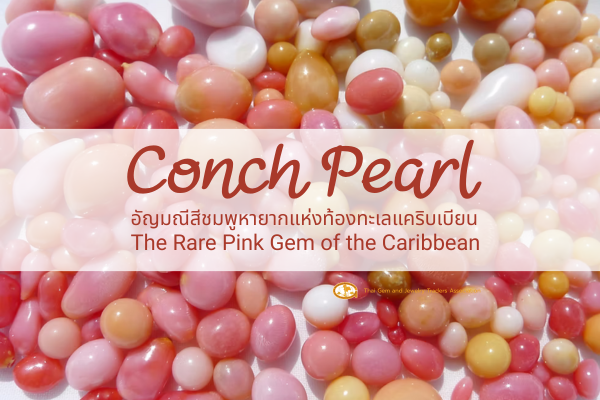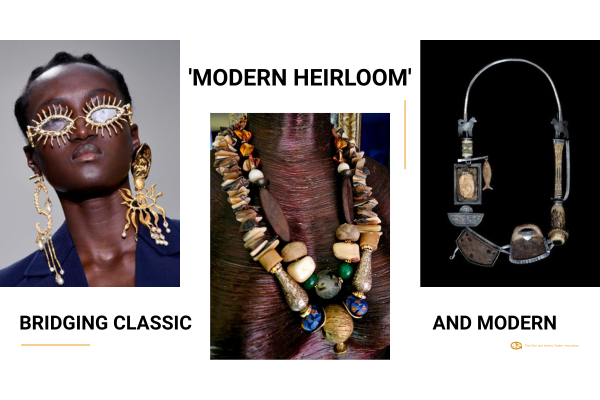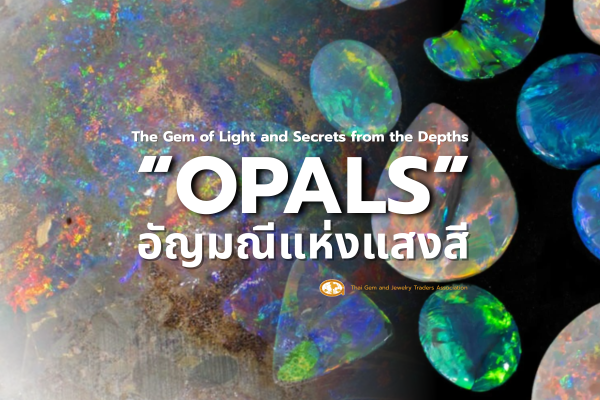

.png)
In the world of gemstones, radiant beauty is universally desired. Today, however, a gem's value is measured not only by its external appearance but also by its pure and transparent origin story. Ethical Sourcing has emerged as a critical new standard, guaranteeing that every diamond and gemstone we trade does not originate from sources linked to human exploitation or environmental destruction.
For entrepreneurs in the Thai gem and jewelry industry, understanding and implementing this principle is not merely a matter of public relations; it is about building trust and a stable foundation for long-term business.
Ethical Sourcing is the process of procuring raw materials (in this case, diamonds and gemstones) with consideration for the social and environmental impacts throughout the entire supply chain—from the mine of origin and the cutters to the wholesalers and retailers.
Its core principles are:
Conflict-Free: Ensuring gems do not come from mines in war zones or be used to fund armed groups and violence.
Human Rights: No child labor, forced labor, or labor exploitation at any stage.
Fair Labor: Workers in mines and cutting factories must have safe working conditions, receive fair wages, and have appropriate social welfare.
Environmental Protection: Mining processes must minimize ecological impact, manage waste properly, and include plans for environmental rehabilitation after mining operations cease.
The Kimberley Process Certification Scheme (KPCS) is the international standard established to prevent "conflict diamonds" from entering the market. The trade of rough diamonds between member countries requires an accompanying KPCS certificate.
However: The KPCS primarily focuses on preventing diamonds from funding civil wars and does not yet cover other human rights issues or environmental impacts.
Best Practice:
System of Warranties: Beyond KPCS, businesses should request and issue a Warranty Statement on every invoice, affirming that the diamonds are from conflict-free sources.
Supplier Vetting: Work with reputable diamond suppliers who have clear ethical policies. Inquire about their due diligence processes.
The supply chain for colored gemstones is far more complex and fragmented than that of diamonds. Most originate from Artisanal and Small-scale Mining (ASM), making traceability more difficult, but this also presents an opportunity to create change.
Best Practice:
Build Relationships and Ask Questions: Cultivate good relationships with suppliers and ask as many questions as possible about the origin of each gemstone, such as: "What country is this from? Which mine? How is it managed?"
Know the Source: Strive to understand the risks associated with specific gemstones from specific origins. Some countries may pose higher risks related to conflict or labor practices than others.
Support Responsible Suppliers: Choose to buy from traders who can provide information about the source and mining practices, or those who work directly with community mining development projects.
Utilize Technology: Technology, such as Blockchain, is increasingly being used to track and record the journey of gemstones, creating transparency and traceability.
The Association recommends that members begin by taking the following steps:
Define Company Policy: Establish a formal, written ethical sourcing policy to serve as an organizational guideline and to communicate to partners.
Assess Current Suppliers: Engage with your suppliers about their policies and request information on the origin of their goods.
Educate the Team: Build awareness and understanding among all staff, especially the procurement and sales departments, so they can answer customer questions confidently.
Communicate with Customers: Do not be afraid to share the story of your commitment to ethical sourcing. This is a powerful selling point and a key market differentiator.
Ethical sourcing is not a burden; it is an investment in the future. It elevates the standards of the Thai gem industry to be internationally recognized and, most importantly, delivers "true value"—a beauty full of pride—to all our customers.

In the world of precious gemstones, there lies a hidden treasure that originates not from beneath the earth, but from the depths of the sea within a conch shell.

In the world of luxury goods, the word "Classic" used to represent safety and sustainability, while "Modern" implied something whimsical and fleeting. However, in this new decade, those rules have been shattered.

When we speak of "Opals," many immediately picture a white gemstone shimmering with a beautiful rainbow iridescence. But did you know that beneath that beauty lies a hidden historical record of our planet? An opal is not merely a beautiful stone; it is a